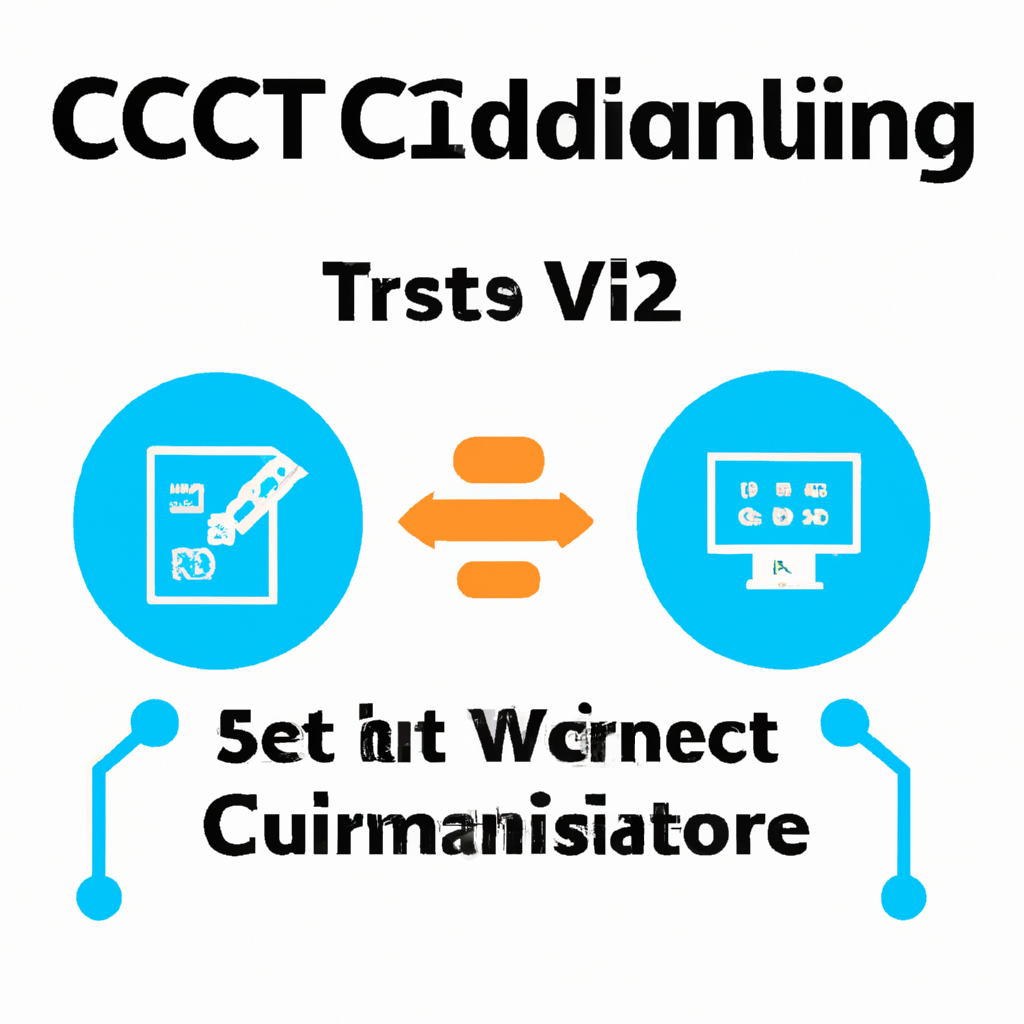Introduction
In the fast-paced world of software development, ensuring code quality and reliability is paramount. One of the most effective ways to achieve this is by integrating test cases with your Continuous Integration and Continuous Deployment (CI/CD) pipelines. In 2024, new tools and best practices have emerged, making test automation within CI/CD systems more accessible and powerful than ever. This article will walk you through the essentials of integrating test cases with CI/CD, exploring setup strategies, best practices, and key trends for modern DevOps teams.
Table of Contents
- Why Integrate Test Cases with CI/CD?
- Key Benefits of Automated Testing in CI/CD
- Setting Up Test Integration in Your CI/CD Pipeline
- Best Practices for 2024
- Top Tools & Frameworks for Test Automation
- Troubleshooting & Optimization Tips
- Conclusion
Why Integrate Test Cases with CI/CD?
Integrating test cases with CI/CD pipelines is critical for modern software delivery. It enables teams to detect bugs early, ensures code stability, and supports continuous feedback. As DevOps practices mature in 2024, organizations prioritize integrating test automation within the software delivery lifecycle. This approach helps balance speed with quality, a necessity for agile teams aiming to meet customer demands rapidly.
Key Benefits of Automated Testing in CI/CD
- Early Bug Detection: Automated tests run on every code change, catching issues before they reach production.
- Faster Release Cycles: Continuous testing enables quicker, more reliable deployments.
- Reduced Manual Effort: Automation minimizes repetitive manual testing, freeing up QA resources.
- Consistent Environments: Tests execute in isolated, repeatable environments, reducing “works on my machine” problems.
- Better Collaboration: Developers, testers, and operations teams gain immediate feedback, fostering a culture of shared responsibility.
Setting Up Test Integration in Your CI/CD Pipeline
Integrating test cases with your CI/CD workflow in 2024 involves several key steps. Here’s a step-by-step guide to help you get started:
-
Choose the Right CI/CD Platform:
- Popular options include Jenkins, GitHub Actions, GitLab CI, CircleCI, and Azure Pipelines.
- Consider your team’s tech stack, scalability needs, and integration requirements.
-
Organize Your Test Cases:
- Structure your tests (unit, integration, end-to-end) to align with your application’s architecture.
- Maintain clear naming conventions and directory structures for easier management.
-
Automate Test Execution:
- Configure your CI/CD system to trigger automated tests upon code commits or pull requests.
- Use test runners compatible with your chosen programming language and framework.
-
Generate and Publish Test Reports:
- Leverage reporting tools (e.g., JUnit, Allure, TestNG) to visualize test results.
- Integrate these reports with your CI/CD dashboard for real-time feedback.
-
Implement Quality Gates:
- Set thresholds for code coverage and failed tests to block poor-quality builds.
- Automate notifications for quick remediation of failed pipelines.
Best Practices for 2024
To maximize the value of test case integration with CI/CD in 2024, follow these industry-leading best practices:
- Shift Left Testing: Start testing as early as possible in the development cycle to identify issues sooner.
- Use Parallel Test Execution: Run tests concurrently to reduce feedback time and accelerate delivery.
- Containerize Test Environments: Use Docker or similar tools to ensure consistent, reproducible test runs.
- Prioritize Flaky Test Detection: Monitor and quarantine unreliable tests to maintain pipeline stability.
- Integrate Security and Compliance Tests: Automate static code analysis, vulnerability scanning, and compliance checks.
Top Tools & Frameworks for Test Automation
Selecting the right tools is crucial for successful test integration in CI/CD. Here are some of the most popular and effective options in 2024:
- JUnit, NUnit, PyTest: Leading unit testing frameworks for Java, .NET, and Python, respectively.
- Selenium, Cypress, Playwright: Widely used for end-to-end and UI automation testing.
- Postman, REST Assured: Essential for API testing automation.
- SonarQube, Checkmarx: Automate static code analysis and security scanning as part of your pipeline.
- Allure, ReportPortal: Advanced reporting tools to visualize and analyze test results in real-time.
Troubleshooting & Optimization Tips
Even with robust automation, you may encounter challenges when integrating test cases with CI/CD. Here’s how to address common issues:
- Dealing with Flaky Tests: Regularly review and refactor unstable tests. Use retry logic cautiously and invest in root cause analysis.
- Managing Test Data: Use fixtures and mock data to ensure reliable, repeatable test runs.
- Scaling Test Infrastructure: Leverage cloud-based runners and container orchestration for large-scale testing needs.
- Monitoring Pipeline Health: Set up dashboards and alerts for quick visibility into test failures and build issues.
Conclusion
Integrating test cases with CI/CD pipelines is now a standard for high-performing DevOps teams. By implementing automated testing, leveraging modern tools, and following best practices tailored for 2024, you can dramatically improve software quality and delivery speed. Remember, continuous improvement of your testing and CI/CD processes is key to staying competitive and delivering value to users consistently. Start small, iterate, and adapt your strategies as your team and technology evolve.
Tags: automated testing, CI/CD, continuous deployment, continuous integration, DevOps 2024, pipeline automation, shift-left testing, software testing best practices, test automation tools, test case integration
